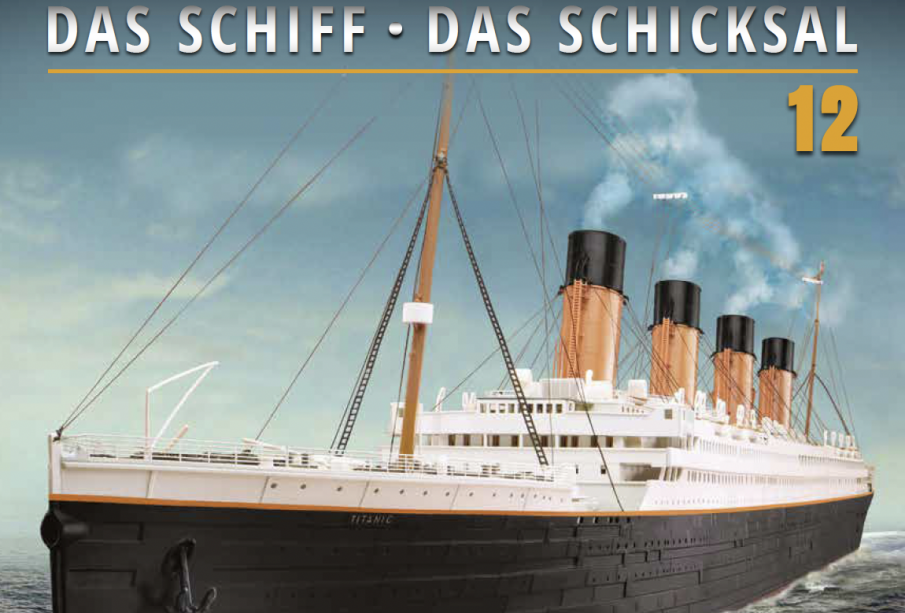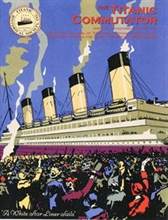Titanic: A Look into the Historic Tragedy

Introduction to the Titanic
The RMS Titanic sank during its maiden voyage on April 15, 1912, after colliding with an iceberg. This tragedy is one of the deadliest maritime disasters in history, claiming over 1,500 lives and drawing worldwide attention and interest for over a century. The Titanic not only represents human innovation but also our vulnerabilities in the face of nature’s power.
The Voyage and Sinking of Titanic
The Titanic was considered a marvel of modern engineering, boasting luxury and comfort unprecedented for its time. On April 10, 1912, it set sail from Southampton, England, on its maiden journey to New York City. However, just four days into its voyage, the ship struck an iceberg in the North Atlantic Ocean at approximately 11:40 PM. Within two hours and forty minutes, the ship sank, resulting in a significant loss of life. Many factors contributed to the high casualty rate, including insufficient lifeboats and a lack of urgency in the rescue efforts.
Exploration and Cultural Impact
In the years that followed, numerous expeditions aimed to explore and understand the wreck of the Titanic. Discovered in 1985 by Dr. Robert Ballard, the shipwreck lies approximately 12,500 feet deep, and its ruins have provided insights into the tragic event. Documentaries, films, and literature about the Titanic have continued to capture public interest, notably the 1997 blockbuster film, which revitalized the narrative of the Titanic for a new generation.
Significance for Future Generations
The Titanic serves as a cautionary tale about the limitations of technology and human judgment. It has incited discussions about maritime safety, leading to international regulations that have since been implemented to protect passengers at sea. As we look towards the future, the lessons learned from the Titanic continue to resonate, emphasizing the importance of safety, preparedness, and respect for nature’s capabilities.
Conclusion
More than a hundred years later, the Titanic remains an enduring symbol of human ambition and fallibility. Its story is a reminder to honor those who lost their lives and to reflect on the advancements made in maritime safety. As new generations learn about this colossal tragedy, the legacy of the Titanic will continue to influence maritime practices and safety regulations worldwide.









